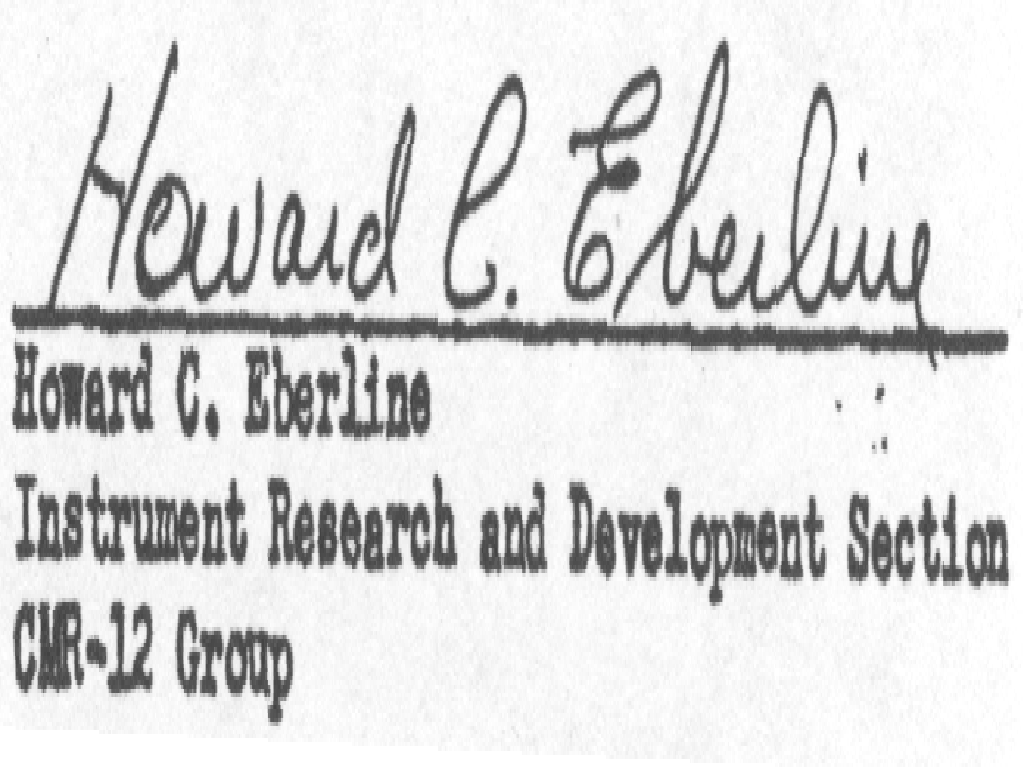
Eberline Instrument Corporation
Eberline Instrument Division was founded in 1953 by Howard Eberline as a subsidiary of Reynolds Electrical and Engineering Company located on 805 Early Street in Santa Fe, New Mexico. Howard Eberline worked at the CMR division at Los Alamos Scientific Laboratory in the late 1940's and developed the original alpha "poppy" detectors.

Howard C. Eberline signature 1947

Eberline logo 1955
In 1958, the company became the Eberline Instrument Company. The first GM survey instruments were designed for the uranium mining and milling industry as alpha survey meters. One of the important contributions was the portable gas flow alpha proportional counter. With the military not wanting to transport the gas flow meter, Eberline developed the scintillation-type alpha counter. The Eberline Instrument Company was located at 805 Early Street in Santa Fe, NM in 1956 and offered a wide range of portable radiation detectors.

Eberline Instruments Ad 1956
The Model E-112A was offered in 1955. It was a geiger counter for uranium prospecting. It was factory calibrated with a 10 mg radium source in mR/h to provide a standard reference. It will retain the calibration under adverse conditions. It came complete with a retractable probe. The GM tube is mounted externally in a discriminating shield, 2 spare A batteries, a radium source, a hearing aid earpiece and accessory case. It weighs 4 lbs. and sold for $250.
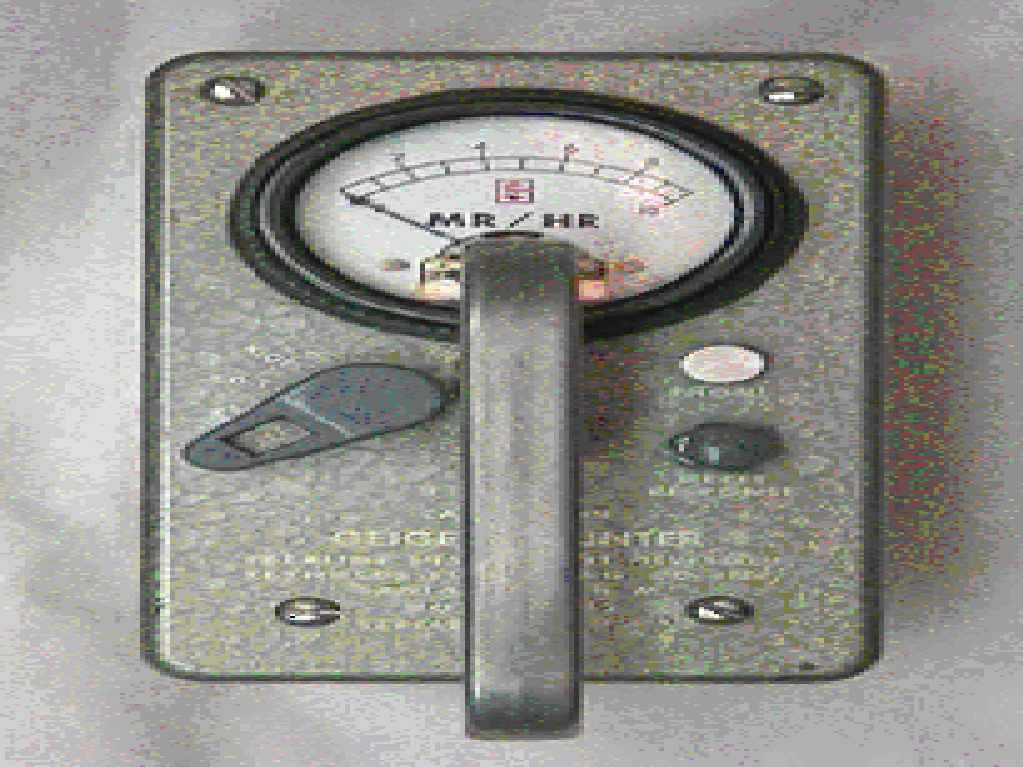
Eberline Model E-112 1955
The Model E-112B was a beta-gamma survey meter for industrial health physics applications in 1956. It uses an external GM probe. It can also accommodate a Zinc Sulphide (ZnS) alpha scintillator probe. It weighs 4 lbs. The frontal mounted probe permits one hand operation. It had a readily replaceable power supply and easy to maintain.
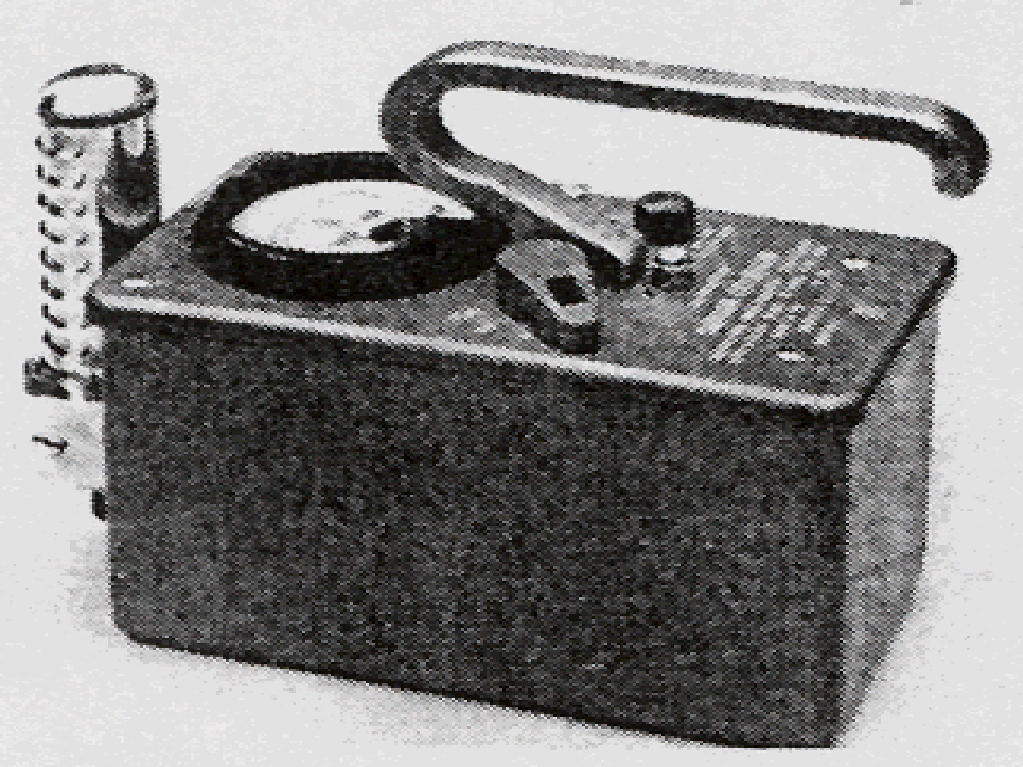
Eberline Model E112B 1956
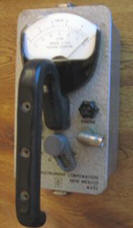
Eberline Model E120 1950's
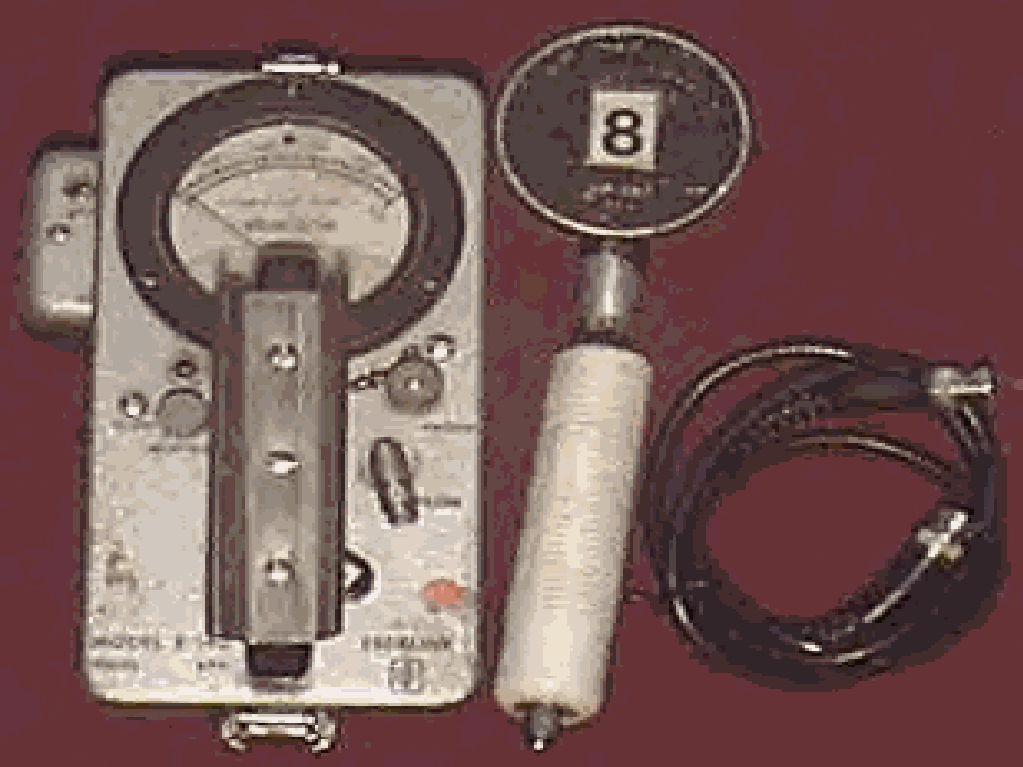
Eberline E-140
The compact Model E-200A was designed as a mine evaluation instrument in 1955. It had similar features as the E-112B with six scale ranges. It had connections for a remote area monitoring probe and a 10 millivolt recorder. It could be used for surveying mine faces, ore piles, shot holes and core drill logging. The dimensions were 3" x 6" x 4". It weighs 4 lbs. and sold for $350 in 1955. An option was the Model SP-176 hole probe. The housing was made of brass with a monel tip. It was less than 1 inch in diameter. It sold for $149.50. A back hole probe Model BP-175 with a flexible shaft could be used to probe holes to depths of 17 feet. The Model S-178 lead shield could be used with the HP-177 had probe for mine face surveys. It came with a radium source.
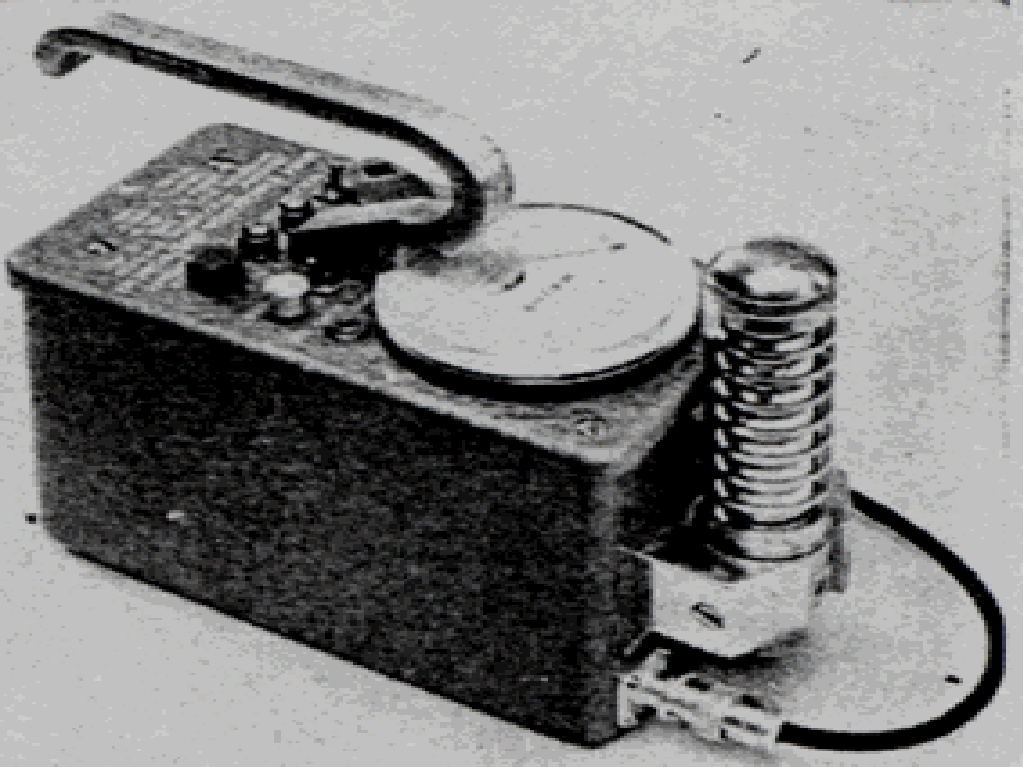
Eberline Model E200A 1956
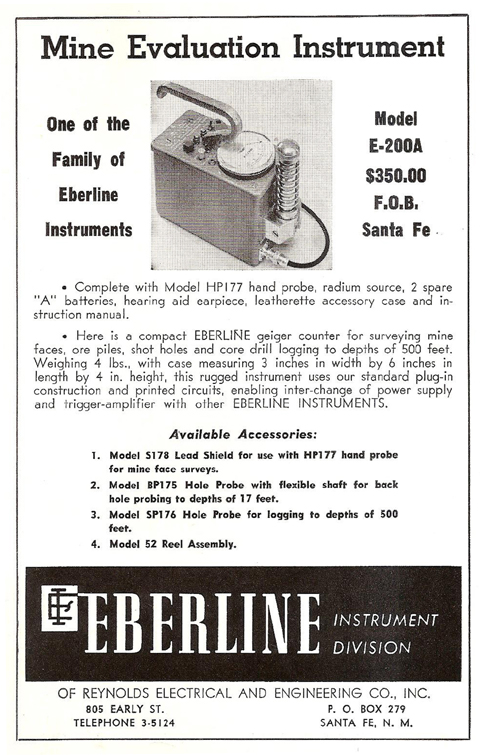
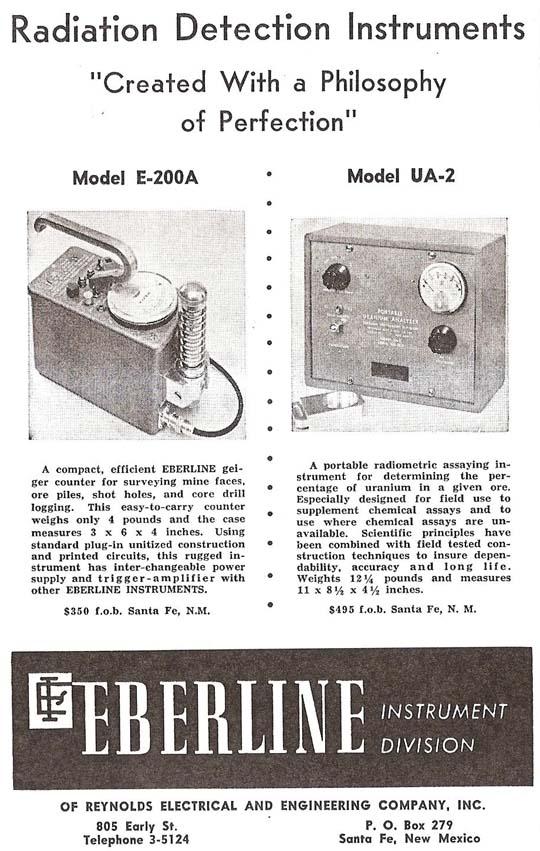
Eberline Model E-200A Ad 1955 (left) and 1956 (right)
The Model E-500 Geiger counter was advertised in 1960. It had four ranges up to 200 mR/h and will not saturate at 1000 R/h. It had rechargeable batteries.
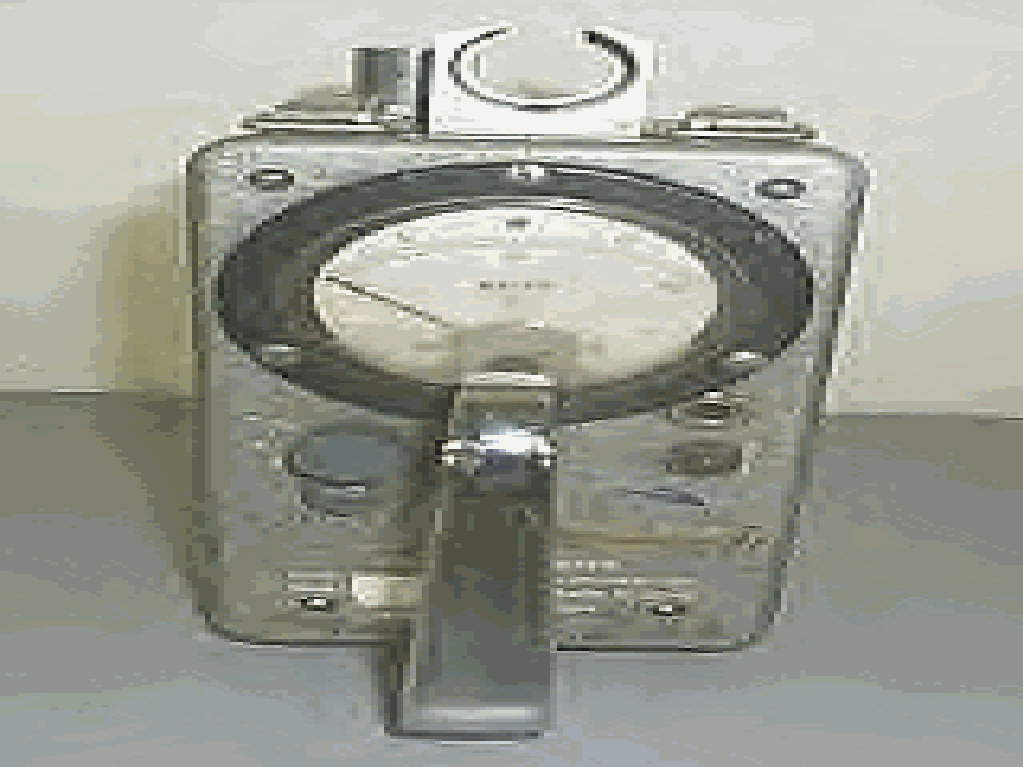
Eberline Model E-500A

Eberline E-500B
The Eberline PAC-1 Pee Wee is the transistorized version of the Nuclear Instrument and Chemical Corp Model 2111 or Los Alamos Scientific Laboratory Pee Wee Model 48-A for alpha surveying. The Pee Wee can discern beta-gamma by the sound of detection which produces a hiss. The alphas, however, produce a distinct pop from which they are distinguished. The unit has three range positions and can measure up to 100,000 cpm. The PAC-1S is an alpha counter with an external probe. It had four ranges and can measure up to 2 million cpm. The unit weighs 6.5 lbs.
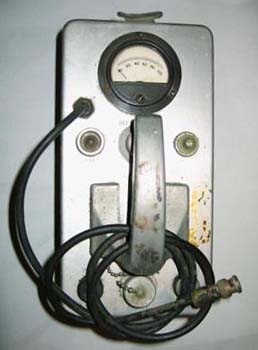
Eberline Model PAC-1 1954
Need photo
Eberline Model PAC-1 1957
The Eberline PAC-1G was a gas flow proportional counter in 1957.
Need photo
Eberline Model PAC-1G 1957
The PAC-1S was offered in 1960 as an alpha counter with four ranges up to 200K cpm.
Need photo
Eberline Model PAC-1S 1960
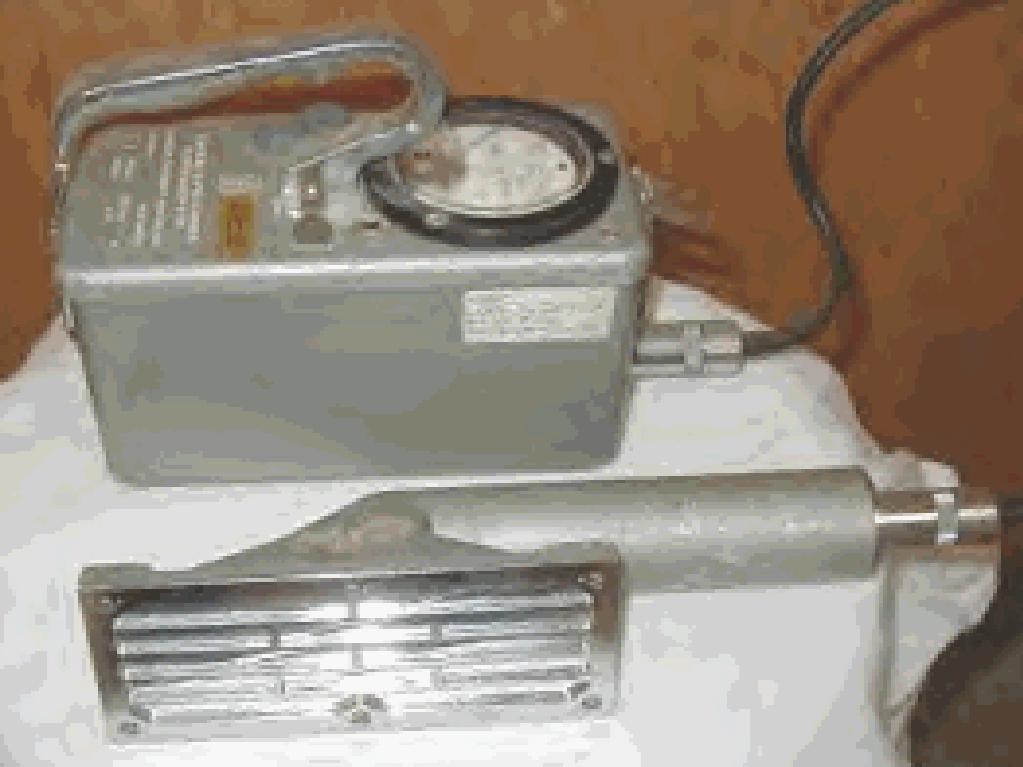
Eberline PAC-15A Alpha Scintillator
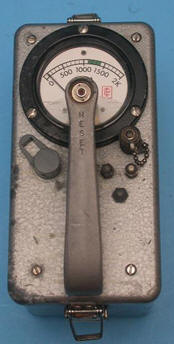
Eberline Model PAC-1S AGA Alpha Meter
The Eberline PAC-30 was offered in the 1950's as an air proportional counter for alpha counting. It had three ranges x1, x10 and x100 and could measure 1000 cpm on the x1 scale. It could either be air or propane gas flow. The air chamber dimensions are 8.25 long x 4 wide and 6 long. The gas flow chamber is 8.25 long x 4 wide x 9.75 high. The gas bottle hold a 24 hour supply. The air unit weighs 7.5 lbs and the gas flow unit weighs 9 lbs.
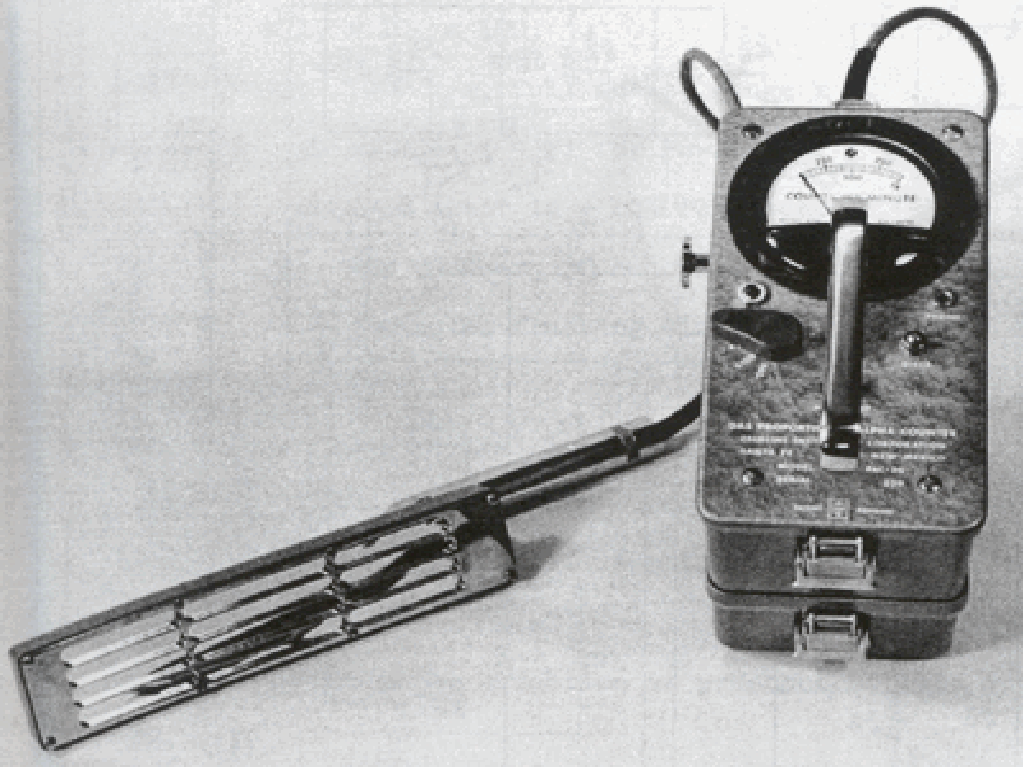
Eberline Model PAC-30 1958
The Eberline Radiation Monitor Model RM-3, introduced in 1960. It was designed for measuring beta-gamma radiation in laboratories, industrial and research areas or for a demonstration device in universities or high schools. It was a desktop unit, with large front panel, speaker and external Geiger probe.
Need photo
Eberline Model RM-3 1960
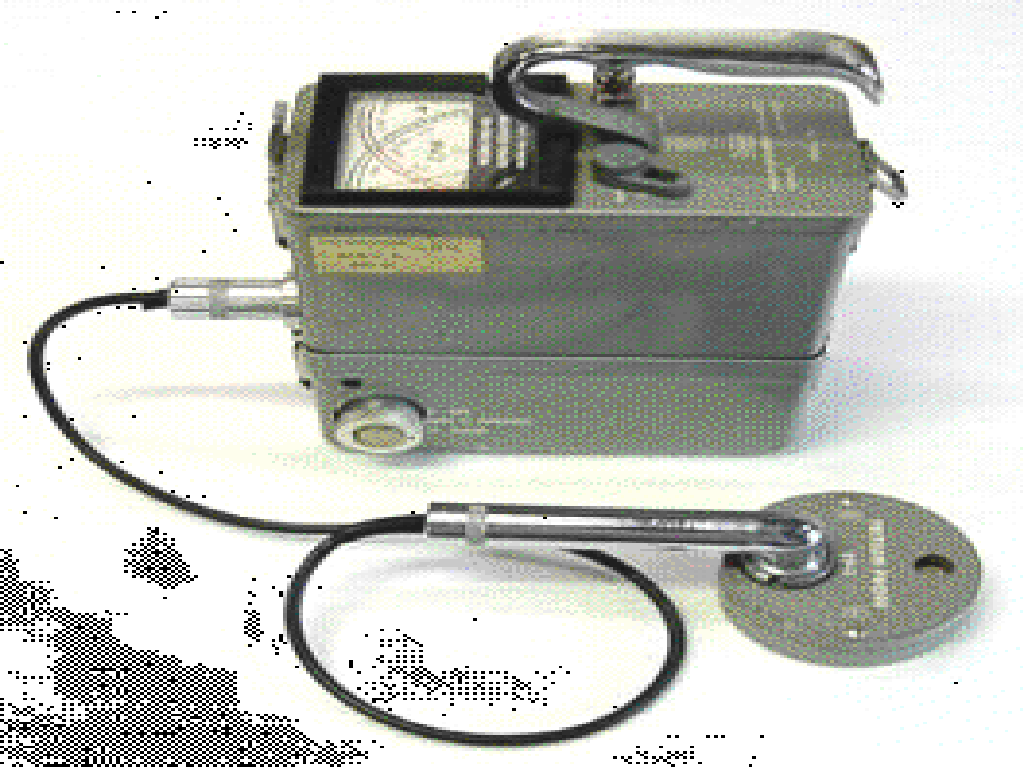
Eberline PAC-4G
Eberline PAC-4G
The Model RO-1 was the earliest version of the cutie pie ionization chamber. The Model RO-3C was an ion chamber radiation survey instrument. It was designed to detect alpha, medium and high energy beta, gamma and x-ray, including low energy gamma and x-rays down to 10 kev. It has four ranges 5, 50, 500 and 5000 mR/h. It was sensitive down to 0.1 mR/h. It has a meter light for low-light situations which could be activated by a trigger handle switch. It has a mylar window over the front of the ion chamber. It uses 9 volt batteries.

Eberline Model RO-3C Ion Chamber Cutie Pie 1960?

Eberline PRM-5
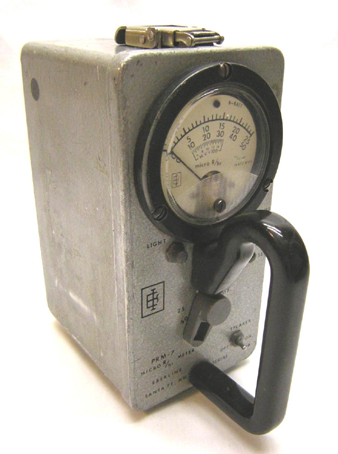
Eberline PRM-7